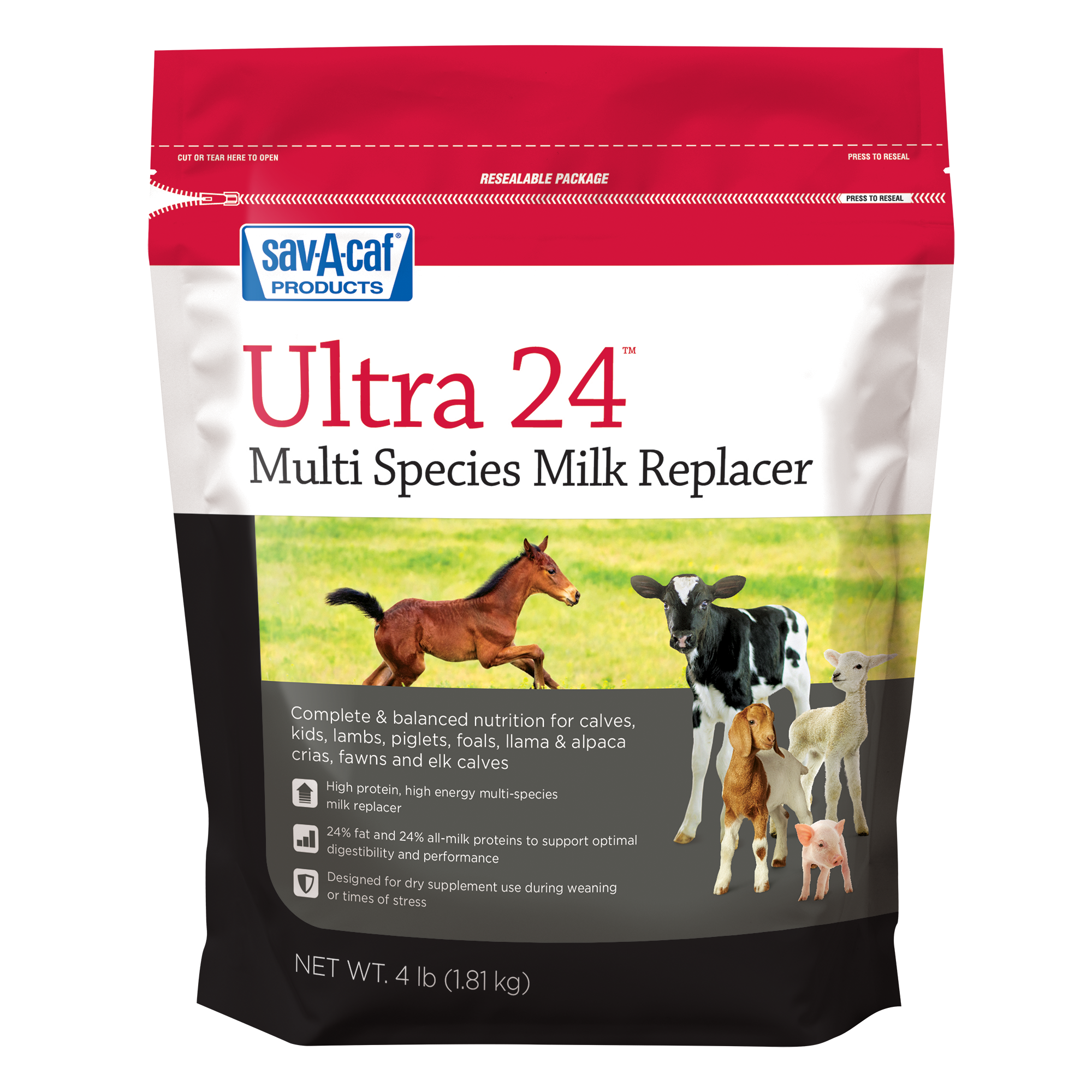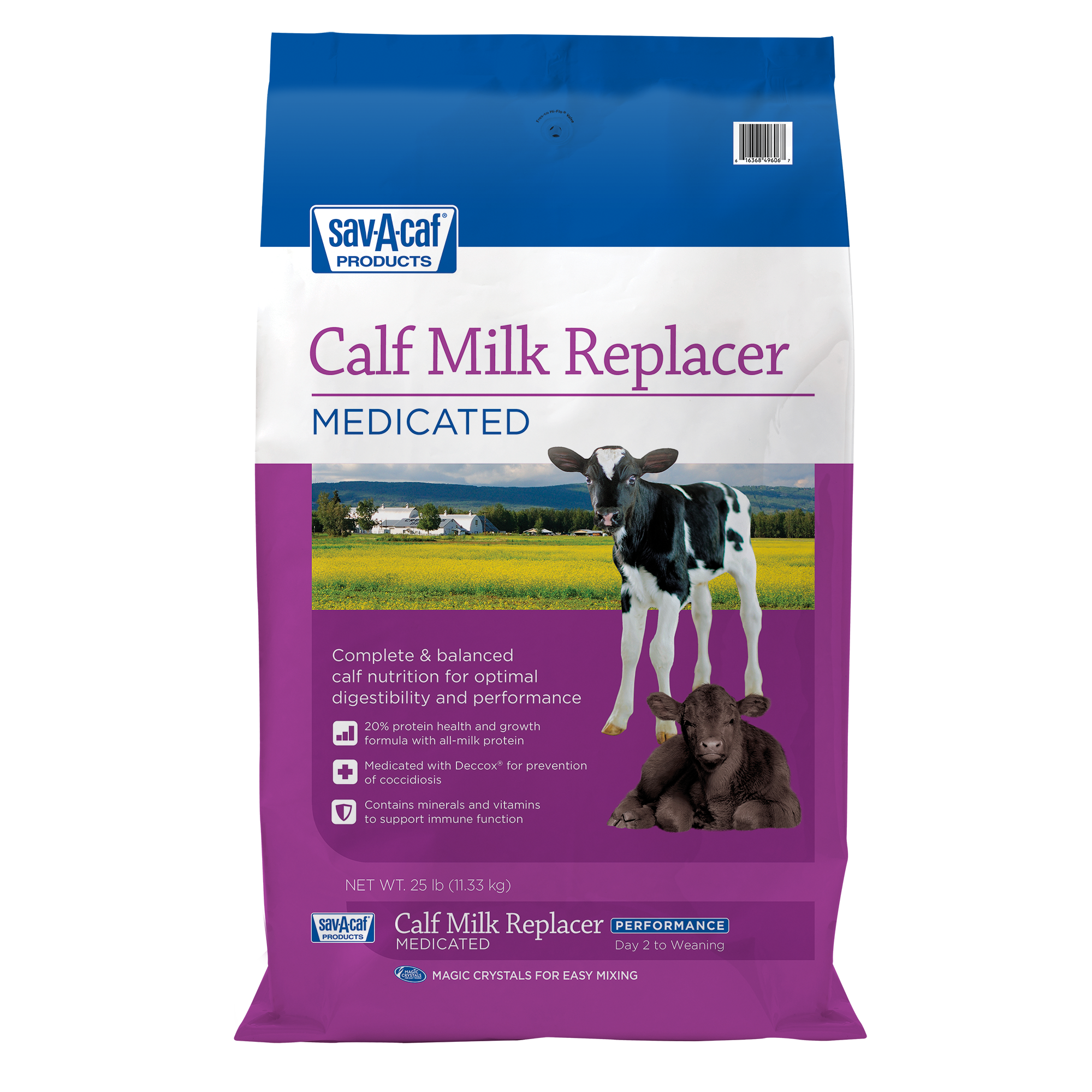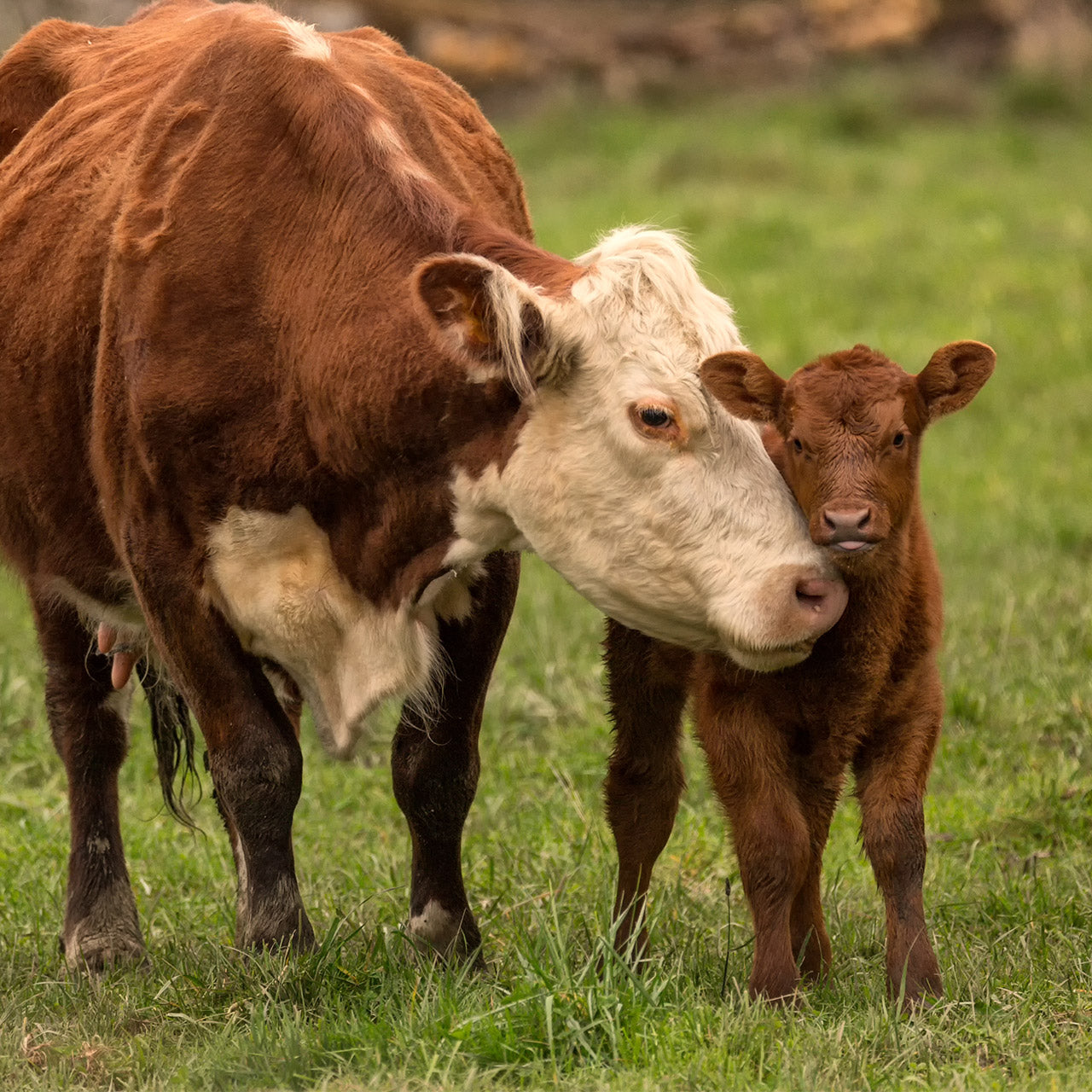
5 Things to know before your cow gives birth
Whether you’re a new cattle owner or a seasoned vet, welcoming a newborn calf into your herd is an exciting experience and one you should be prepared for. Even though nature will take care of most of the work, advance planning and knowing what to watch for can allow you to feel confident in welcoming the newest member to your farm.
Pregnancy basics
Your cow, whether dairy or beef, will be pregnant for about 270-280 days, or about nine months, similar to humans. Although most cows carry one fetus at a time, twins are not totally uncommon.
Fun fact: If one twin is male and one female, the female will likely be sterile and unable to reproduce, because she has shared blood and hormones with the male twin in utero, affecting her reproductive development.
Newborn calves can weigh anywhere from 80-90 pounds at birth and will take two to three years to reach their full mature size.
How to protect your newborn
Because newborn calves have an immature immune system, you want to ensure they are born in a clean and dry area. When the weather is warm, a grassy pasture is ideal. If the weather is not ideal, however, you should dedicate an indoor stall with clean bedding for the birthing process.
How to prepare for labor
A week or two before your cow is due, start checking for signs that labor may be approaching. These signs may indicate it is time to move her to the birthing stall or pasture. They may be subtle or obvious and can vary from cow to cow, but common signs to look for include:
- Enlarged vulva: The cow’s vulva will swell and look flabby a few days before labor begins, and discharge can be a sign that the cervical plug has been expelled in preparation for labor.
- Filling udder: The cow’s milk will begin to fill the udder a few days or even a few weeks before giving birth.
- Filling teats: Although the udder may fill earlier, the milk will usually not make its way into the teats until 24 hours before birth.
- Loosening tail ligaments: This is the surest sign of impending labor. They may be difficult to see but easier to feel if the cow allows you to touch her. The ligaments that run from the tail head to the pin bone in the cow’s buttock are normally hard and tight but begin loosening as labor approaches. When the ligaments feel very loose and spongy, labor is likely only 12-24 hours away.
How and when to assist during delivery
Most cows will not need much assistance during delivery. However, if assistance is needed in any way, it is best to be prepared. Put together a birthing kit containing the following:
- Flashlight: This will allow you to have a good view of your laboring cow and newborn calves from any angle.
- Clean towels: You can cover the bedding during birth, dry off your newborn calf and clean up birthing fluids.
- Sharp scissors and dental floss: If a situation arises where you need to cut and tie off the umbilical cord, you should have this on hand.
- 7% iodine tincture and an empty prescription bottle: This is helpful when dipping the calf’s umbilical cord. A pill bottle is a good size and shape for holding the iodine during dipping.
- Betadine surgical scrub: If your veterinarian advises birthing assistance, this helps to sanitize your supplies and your hands.
- Sterile lubrication: This is also necessary in cases where you need to assist with the birth.
- Garbage bags: You are able to quickly clean up the area by having these on hand.
- Bottle and nipple: If your newborn is unable or unwilling to nurse immediately after birth, you should have this available to assist them.
- Calf colostrum replacer or supplement: This is also needed for your calf’s first, most critical feedings if they are unable or unwilling to nurse from their mother immediately after birth.
- Electrolytes: You should replenish your cow’s electrolytes after laboring as well as reverse the effects of loss of body fluids should your newborn calf have diarrhea.
How to welcome your new baby
When your cow is finally ready to bring your new calf into the world, her cervix will dilate and she will go through some mild contractions every 15 minutes, increasing in frequency. This will last around two to six hours. Her water will typically break at the end of this phase. For delivery, your cow will usually lie down, which will begin when the calf has fully entered the birth canal.
Normal birth position for a calf is nose and front toes first. If this is not the case, call your trusted veterinarian or an experienced cattle owner for assistance or advice. Likewise, if your calf is not born within two hours after your cow’s water breaks due to a decrease in progress, call for professional assistance.
Once your newborn calf enters the world, dry them with a towel. If they are not nursing from their mother, move him to a calf hutch or clean stall away from adult cows for a first feeding. Otherwise, monitor the cow closely to ensure that she is able to begin nursing. Now, it is time to stand back and let the calf bond with its mother.
Now that you know how to prepare for the birth, learn how to feed your calf in the first hours and days of their life.
Find Solutions for Your Animals
-
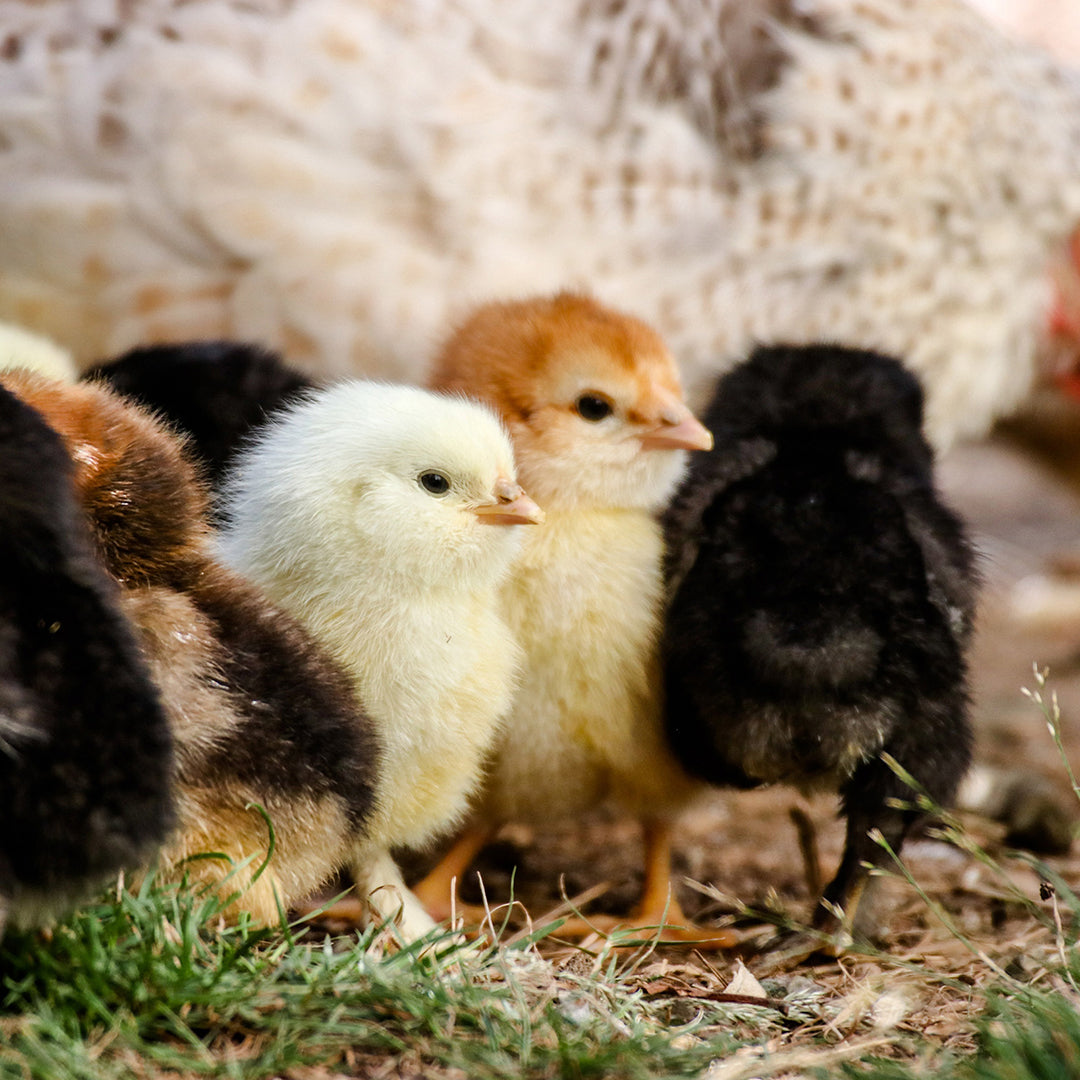
Whether housed in a coop or free ranging on your farm, your birds are exposed to multiple threats every day that could cause illness or impact their well-being. Now there’s a way to be more proactive with regular support for...
-
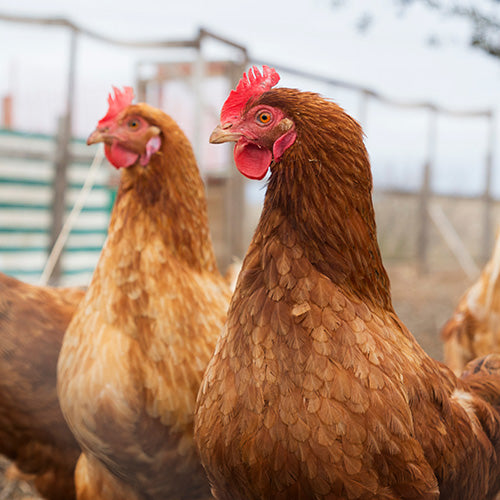
You’ve raised your chicks to adulthood and now they’re fully feathered hens. Way to go! Now, you get to enjoy their eggs and companionship for years to come. To maximize their life, support their production potential and kee...

